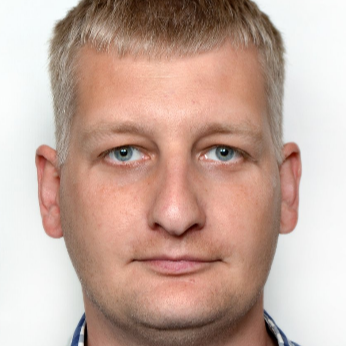
Vitalii Loza
Work place: Taras Shevchenko National University of Kiev, Kiev, Ukraine
E-mail: lozich@ukr.net
Website:
Research Interests: Information Security, Information Systems, Information Retrieval, Multimedia Information System, Information Theory
Biography
Vitalii Loza: Research and Development Center Military Institute of Taras Shevchenko National University of Kiev, Ukraine, Kiev, PhD.
Born on May 2, 1984. M. Sc. (2006), PhD (2013).
Major interest: information technologies, telecommunications.
Author Articles
Performance Study of Spread Spectrum Systems with Hard Limiters
By Oleksandr Pliushch Viktor Vyshnivskyi Volodymyr Tolubko Vadym Mukhin Serhii Ishcheryakov Mykhailo Okhramovych Vitalii Loza
DOI: https://doi.org/10.5815/ijcnis.2020.05.01, Pub. Date: 8 Oct. 2020
Use of spread spectrum systems in telecommunications is studied. It is shown that spread spectrum techniques can substantially enhance noise and interference immunity in the currently deployed information transmission networks. Primitive polynomials are proposed to obtain respective spreading codes. A spreading code consisting of 1023 chips is synthesized and its characteristics are studied.
It is deduced that powerful interferences can exceed dynamic range of the receiving part of the system and, as a result, deteriorate information transmission. To overcome this problem, utilization of limiters is proposed, in which limitation level equals that of the internal noise of the receiving part. Computer simulation is employed to test the performance of the proposed solution. Performance of the spread spectrum system for information transfer is studied both without the limiter and with the limiter.
Research results show that, for binary modulation, performance of the system with limitation and without limitation is nearly identical while limiters can substantially reduce requirements for the dynamic range.
Compared to the existing approaches, it is proposed to use the synthesized spreading coding sequence with the limitation technique in practical implementations of those telecommunication networks, in which noise immunity and transmission concealment are required, such as in unmanned aerial vehicles. This can replace currently used approaches, such as frequency hopping, transmission power adjustment and antenna pattern changes.
Other Articles
Subscribe to receive issue release notifications and newsletters from MECS Press journals